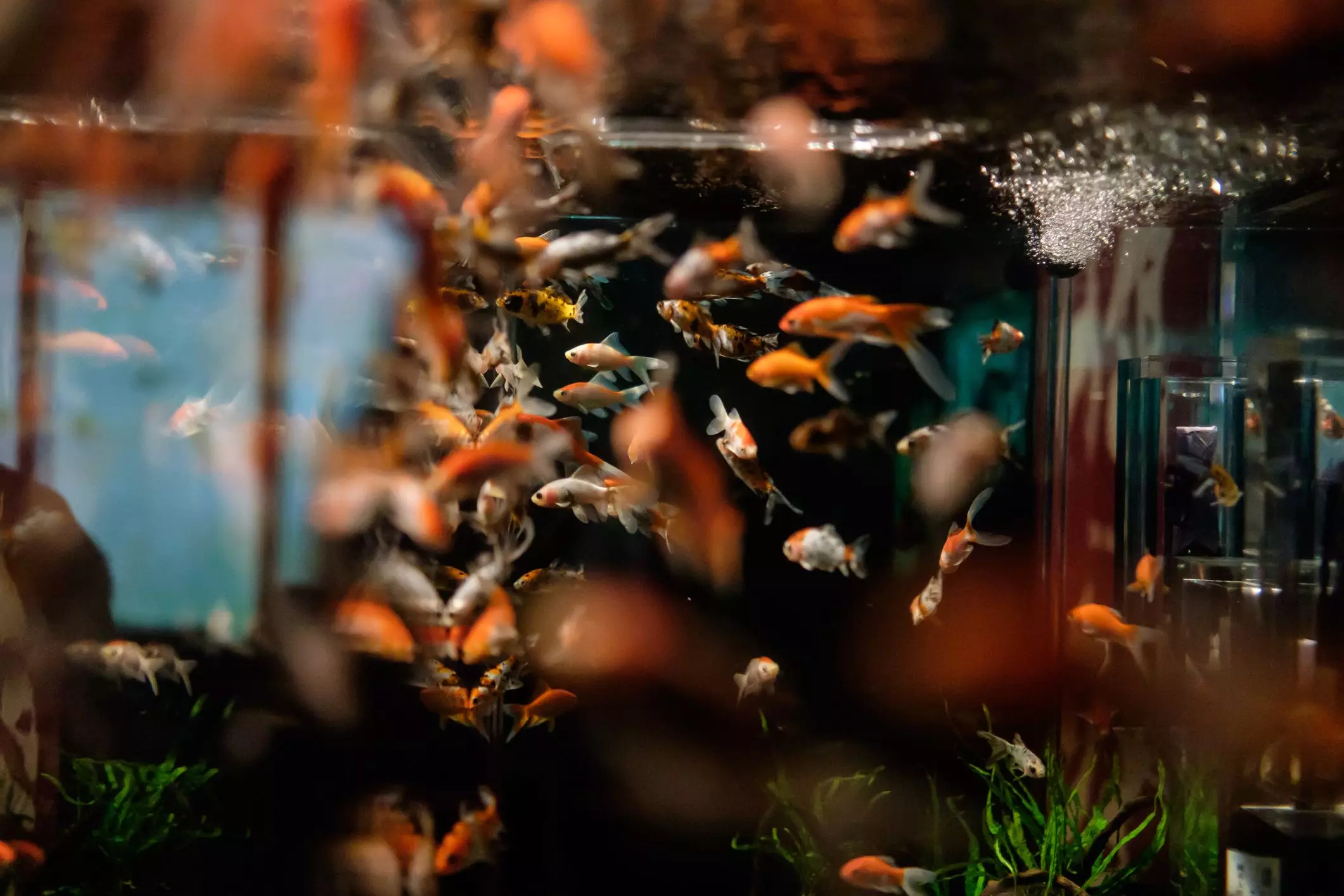For many aquarium hobbyists, breeding fish transcends mere aesthetics; it embodies a profound sense of accomplishment and connection to the natural world. The experience of witnessing your selected pair mate, nurturing their fry, and eventually watching them mature is rewarding. Not only does this process enrich your tank, but it also provides a unique opportunity to share the joy of fish-keeping with fellow enthusiasts. This article will explore the essentials of breeding fresh-water aquarium fish, from creating the ideal environment to understanding the lifecycle of these fascinating creatures.
In the wild, seasonal changes often trigger the breeding behavior of fish. Warmer water temperatures and longer daylight periods typically indicate springtime conditions, prompting a biological response in many species. To simulate this environment in your home aquarium, you can execute strategies such as regular water changes, carefully increasing the water temperature, and extending the duration of artificial lighting. These adjustments mimic natural occurrences, signaling to your fish that it is time to reproduce.
However, creating an ideal breeding environment goes beyond basic temperature and light changes. Providing high-protein food is crucial for conditioning the fish for reproduction. The health and vigor of the breeding pair are paramount, so selecting the right specimens is essential. Look for vibrant colors and lively behavior, as these attributes indicate good health.
When establishing a breeding setup, the pairing choice should not be underestimated. It is advisable to acquire your breeding pair during late winter or early spring, as local fish stores often stock specimens that are ready for breeding at this time. The breeding environment should be tailored to the unique egg-laying methods of the fish species. For instance, some fish scatter their eggs, while others create nests or lay eggs in specific areas like plant leaves.
Once the breeding pair is selected, setting up a designated breeding tank is crucial. This tank should be equipped with suitable spawning substrates or decorations that match the fish species’ needs. Feeding the pair a protein-rich diet, including live brine shrimp or high-quality frozen food, can significantly increase the likelihood of successful spawning. During this conditioning phase, separating males and females with a clear divider may intensify their need to breed when they are finally united.
Water parameters play a vital role in the breeding process. Adjusting the water’s pH, hardness, and overall alkalinity to match the specific requirements of your chosen fish species can significantly impact their reproductive success. Most tropical fish thrive in slightly acidic conditions, whereas certain species, such as African cichlids, prefer more alkaline water. Regular testing and adjustment of these parameters ensure that your fish are in ideal conditions for breeding.
Additionally, during the conditioning stages, it’s critical to monitor the water temperature, typically set between 78°F and 82°F. Warmer temperatures help stimulate the female fish to develop a higher number of eggs, setting the stage for successful spawning.
One of the primary challenges for novice aquarists revolves around caring for newly hatched fry. These tiny fish require appropriately sized food to ensure their survival and growth. Infusoria, a live microorganism commonly found in aquarist tanks, serves as an excellent initial food source. Cultivating infusoria can be achieved by introducing decomposing plant matter, such as a lettuce leaf, into the tank during spawning. This practice creates a rich microhabitat for fry during their first week of life.
As the fry grow, diversifying their diet becomes increasingly important. However, lovers of aquascaping need to keep one principle in mind: always ensure their bellies are full. While feeding small amounts multiple times per day is beneficial, overfeeding can lead to poor water quality, which is detrimental to young fish. Gradually transitioning to finely crushed flakes and other types of prepared foods helps establish a balanced diet as the fry develop.
When it comes to the physical setup for breeding, a 10-gallon aquarium stands out as an ideal choice. It is affordable, easy to manage, and adaptable to various breeding projects. Furthermore, a 10-gallon tank can accommodate various beginner species and might even become a perfect quarantine tank in the future.
As one’s fish-breeding journey progresses, the need for different aquarium sizes and shapes may arise based on the breeding behavior of the species involved. Factors such as swimming speed and space requirements need to be taken into account, particularly for more advanced fish. Starting with common egg-laying beginners, such as zebra danios and convict cichlids, can provide a solid foundation before venturing into the complexities posed by mouthbrooders or more specialized species.
The world of breeding aquarium fish offers a rich tapestry of experiences for hobbyists. Amidst the challenges and joys, the satisfaction derived from nurturing your fish cannot be understated. By understanding the needs of your fish, providing them with suitable conditions, and offering diligent care, you can experience the beautiful cycle of life in your aquatic ecosystem. As you navigate this rewarding hobby, remember that every step you take brings you closer to the fascinating rhythms of nature and to the thrill of contributing to the aquatic world.

